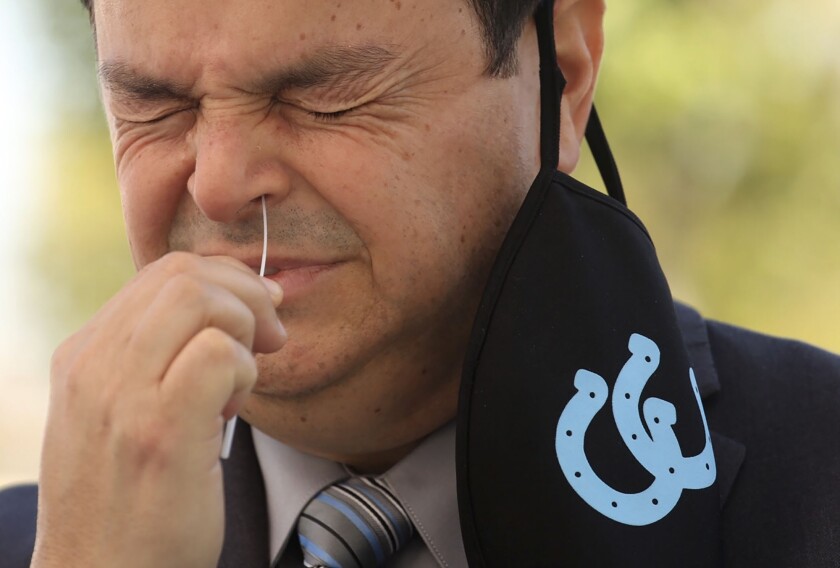“Our main objective is to learn where and how the virus is spreading…and which communities are the most vulnerable.”
Patch, By Maggie Fusek, Dec 9, 2020
SOLANO COUNTY, CA — Stanford researchers seek the help of Solano County residents to estimate the true prevalence of the coronavirus across the San Francisco Bay Area’s 8.5 million population.
Another goal of the Community Alliance to Test Coronavirus at Home Study — CATCH— launched by the Stanford University School of Medicine is ultimately to aid in the effort to reopen schools, workplaces and communities, according to a news release.
Participants from Solano County and across the Bay Area are now sought for the CATCH Study.
“We encourage as many Bay Area residents as possible to sign-up for the CATCH Study to help increase our knowledge of a virus that has had significant impacts on our communities,” said Dr. Yvonne Maldonado, one of three Stanford researchers leading the study.
“Our main objective is to learn where and how the virus is spreading —whether people are displaying symptoms or not —and which communities are most vulnerable,” Maldonado said. “These insights will help our scientists and local public officials gain a deeper understanding of the distribution of COVID-19 throughout the greater San Francisco Bay Area so that they can stop its spread.”
Maldonado, professor of pediatric infectious diseases and of health research and policy, is leading the study alongside Stanford Medicine researchers Dr. Lorene Nelson, associate professor of health research and policy, and Dr. Stephen Quake, professor of bioengineering and of applied physics and co-president of the Chan Zuckerberg Biohub.
With the effects of COVID-19 disproportionately affecting minority and vulnerable communities throughout the country, and specifically in the Bay Area, one of the key intentions of the study is to address inequities in testing by researching underserved populations.
The study is enabled by the Vera Cloud Testing Platform including its novel Vera Home Test Kit, a gentle nasal swab self-collection kit.
San Francisco Bay Area residents 18 and older are welcome to enroll. Participants are sought in the counties of Alameda, Contra Costa, Marin, Monterey, Napa, San Benito, Santa Clara, Santa Cruz, San Mateo, Solano and Sonoma, and in the county and city of San Francisco.
Participation in the CATCH study is free and does not require health insurance.
Every participant joins online, reports their symptoms and exposures to COVID-19 daily, and may also be offered a home test kit at no cost upon reporting.
If accepted, within 24 hours a home test kit will be delivered by express courier to their home, where they can self-collect a sample, which is then delivered to the Stanford Health Care laboratory and tested for SARS-CoV-2 infection.
All tested participants are informed of their results privately and securely online via their personal password-protected account within the CATCH website.
The researchers intend to offer home test kits each day to a portion of all CATCH participants who reported the previous day, carefully selecting participants both with and without symptoms, in order to best represent the Bay Area’s diverse population.
The Vera Cloud Testing Platform and Home Test Kits were created by Stanford in collaboration with several other institutions, including the Chan Zuckerberg Biohub and Microsoft, and aim to increase testing capacity for COVID-19 at local, state and national levels.
Stanford also intends to make the platform available under non-commercial terms to academic institutions, public health departments, laboratory providers and other organizations interested in offering expansive at-home testing.
The study is funded by the Chan Zuckerberg Biohub, an independent, nonprofit medical research center that brings together physicians, scientists and engineers from Stanford University, the University of California, San Francisco and the University of California, Berkeley to drive discovery and encourage collaborative science.
Residents interested in learning more about the CATCH Study and how they can participate can visit https://catchstudy.stanford.edu or call 833-971-2468.




You must be logged in to post a comment.